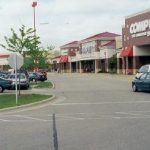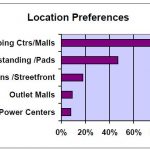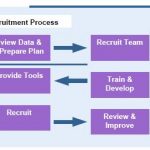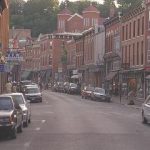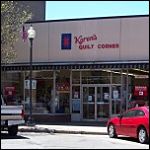Shopping Center Site Selection: Why Real Estate Developers Often Choose “Edge” Locations
Developers who build shopping centers make economic decisions after careful market analysis. Their decisions are based on a center’s potential capture of consumer spending in the trade area as well as the market requirements of prospective retail tenants. The most important element in determining economic viability is location. Location is critical as it determines who will be the tenants and what type of investment return will be generated by the retail center. By understanding the economics of location, community planners can work effectively with developers to explore smart retail growth alternatives including downtown redevelopment.
Read More...
